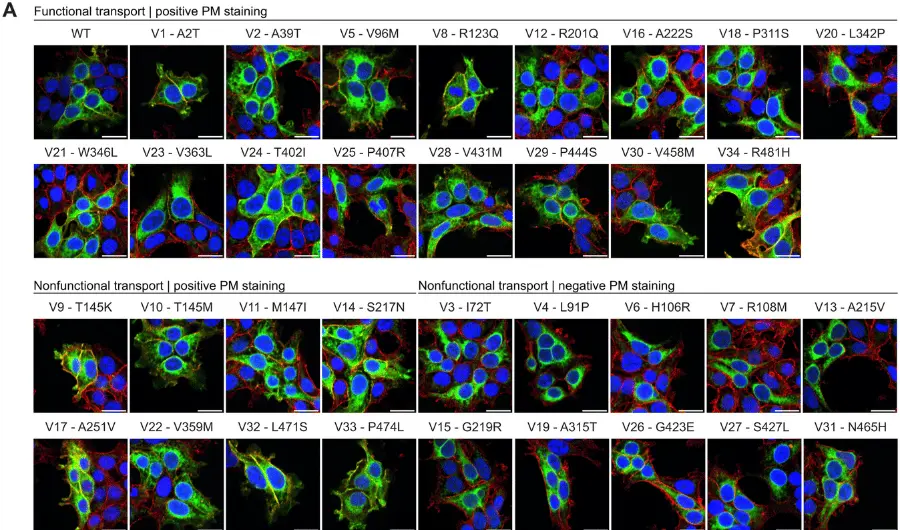A Review of Drug-Drug Interactions of the Antiepileptic Drug Brivaracetam (Briviact®)
May 14, 2020
Abstract, published in Epilepsy Research
Brivaracetam is an antiepileptic drug (AED) indicated for the treatment of focal seizures, with improved safety and tolerability vs first-generation AEDs. Brivaracetam binds with high affinity to synaptic vesicle protein 2A, a protein located on the surface of nerve cells in the brain, which confers its antiseizure activity. Brivaracetam is rapidly absorbed, extensively metabolized, and exhibits linear and dose-proportional pharmacokinetics at therapeutic doses. Brivaracetam does not interact with most metabolizing enzymes and drug transporters, and therefore does not interfere with drugs that use these metabolic routes.
The favorable pharmacokinetic profile of brivaracetam and lack of clinically relevant drug – drug interactions with commonly prescribed AEDs or oral contraceptives allows administration without dose adjustment and avoids potential untoward events from decreased efficacy of an AED or oral contraceptive due to a drug – drug interaction. Few agents have been reported to affect the pharmacokinetics of brivaracetam.
The strong enzyme-inducing AEDs carbamazepine (Tegretol®), phenytoin (Dilantin®) and primidone (Mysoline®), along with its metabolite phenobarbital, have been shown to moderately lower brivaracetam plasma concentrations, with no adjustment of brivaracetam dose needed. Dose adjustment should be considered when brivaracetam is coadministered with the more potent enzyme-inducer, rifampin (Rifadin). Additionally, caution should be used when adding or ending treatment with the strong enzyme inducer, St. John’s wort. In summary, brivaracetam (50–200 mg/day) has a favorable pharmacokinetic profile and is associated with few clinically relevant drug–drug interactions.







